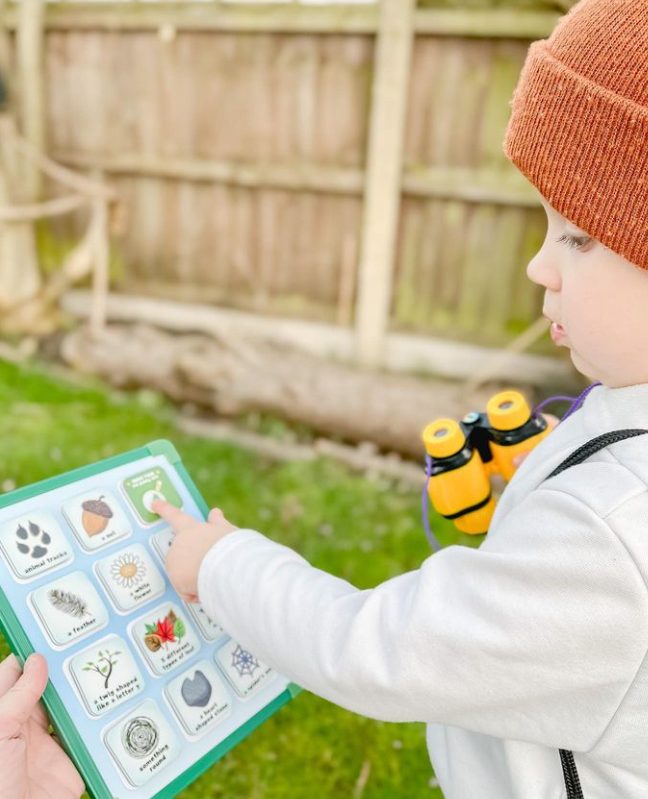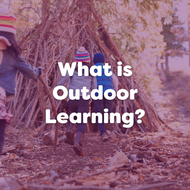What is Outdoor Learning?
Posted by EYR Team on 14th Apr 2025
read moreOutdoor learning in primary schools is defined as an educational approach that takes learning beyond the confines of a traditional classroom and into a natural environment. It offers children hands-on experiences and a connection with nature that they might not get otherwise. Whether it be in a playground, park, garden or forest, outdoor learning is said to foster skills like creativity, critical thinking, problem solving and an improved understanding of the world that can complement and extend traditional classroom teaching.

What are the benefits of Outdoor Learning?
The benefits of outdoor learning are well documented. Below are just a few examples, to read more, head to our blog post: “the benefits of outdoor learning”
- Increased autonomy: this in turn can help to foster key life skills such as assessment of risks, decision making and problem solving
- Improved environmental awareness: interactions with nature has been found to nurture a sense of responsibility and appreciation in children for the world around them, giving them an early understanding for sustainability and conservation topics.
- Enhanced well-being: time spent outdoors has been repeatedly linked to reduced stress, improved mood and better mental health in both children and adults.
- Better academic performance: several studies have also found that time spent outdoors can be linked to factors such as improved self-confidence, concentration, information retention and self-esteem. All of which play a key role in academic performance.
Examples of outdoor learning activities
- Forest schools: a child-centered learning style in which children engage in exploration and discovery in a natural environment.
- Scavenger hunts: this gives children the opportunity to explore the outdoors and prompts discussions into topics such as weather, seasons, wildlife and habitats.
- Gardening: offering hands on experience for children to learn more about basic scientific concepts like the needs of growing plants.
- Building habitats for mini beast and wildlife: a great way for children to engage with the great outdoors and get involved in conservation whilst upcycling old materials for wildlife habitats.

For more suggestions, check out our other blog posts where you can find a whole host of outdoor based activity ideas for your children.
How to incorporate outdoor learning
This is all relative to your learning environment and the spaces you have available to you, it can be as simple as going on regular walks or:
- Talking everyday lessons outdoors
- Incorporating outdoor activities into the school curriculum
- Organizing trips to farms, nature reserves or historical sites
- Creating outdoor learning spaces
In conclusion, it is clear that outdoor learning can be used as a powerful educational tool. By taking learning outdoors, children can develop key skills, increase their knowledge and instill a love for nature. Parents, carers & educators can facilitate outdoor learning in a number of ways knowing that each activity, no matter how big or small will have a lasting benefit of their children.

